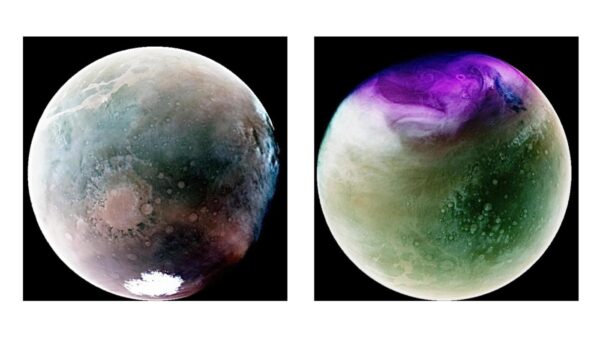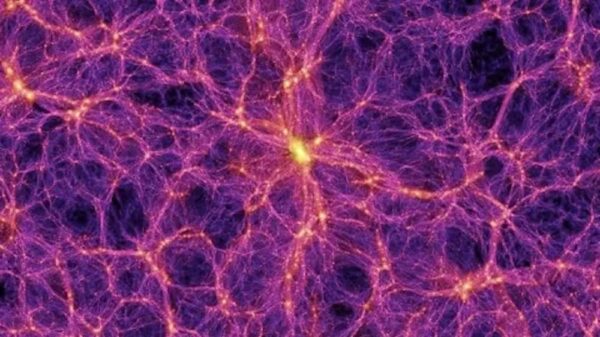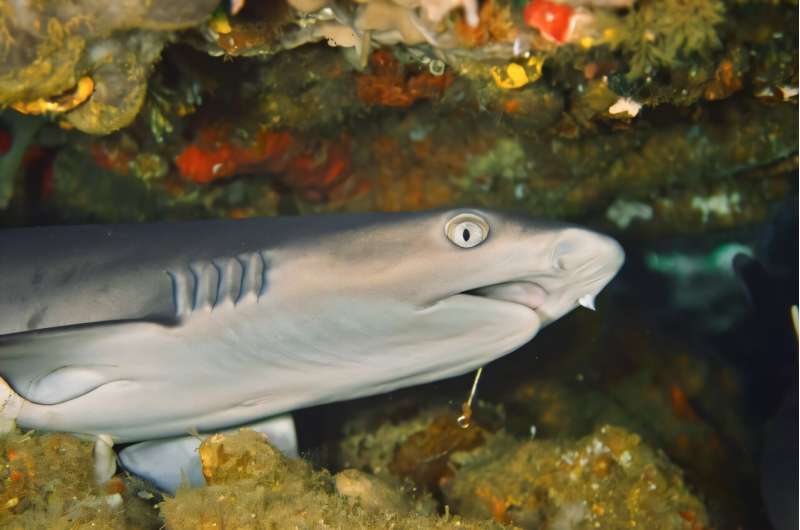A comprehensive study led by the University of Vienna has revealed a significant decline in shark and ray biodiversity over the past 100 million years. Contrary to previous assumptions that suggested stability or an increase in diversity, the research indicates a consistent downward trend since the Eocene, approximately 45 million years ago. This groundbreaking analysis, published in Scientific Reports, underscores the urgent need for modern marine conservation efforts.
The research team, spearheaded by Manuel A. Staggl from the Institute of Paleontology at the University of Vienna, examined the evolutionary history of cartilaginous fish, which include today’s sharks and rays. Staggl noted, “These species have existed for over 400 million years and have survived multiple mass extinctions. Today, however, over a third of neoselachians are at risk of extinction.” Understanding the environmental factors that have shaped their biodiversity is essential for developing effective conservation strategies.
The team analyzed extensive fossil data and correlated it with historical environmental conditions, including temperature, carbon dioxide (CO2) levels, and habitat availability. Their findings challenge previous notions regarding the resilience of these marine predators.
Resilience Against Past Catastrophes
One of the most striking revelations is that the mass extinction event caused by the asteroid impact 66 million years ago, which led to the demise of numerous species, had a relatively minor effect on sharks and rays. “These animals demonstrated remarkable resilience and bounced back quickly from this catastrophe,” Staggl explained.
Biodiversity peaked in sharks and rays during the Eocene, a phase characterized by warmer climates. Since that time, the study identifies key factors contributing to the decline in diversity, particularly the availability of shallow coastal habitats. According to Jürgen Kriwet, head of the Evolutionary Morphology Research Group, “Diverse shallow marine environments have historically led to the emergence of new species.” Unfortunately, these habitats are now increasingly threatened by coastal development, pollution, and unsustainable fishing practices.
Complex Interplay of Environmental Factors
The role of carbon dioxide in shaping biodiversity is more nuanced than previously understood. The researchers found that moderate CO2 levels positively impacted shark and ray diversity by promoting photosynthesis in algae and seagrass meadows. This, in turn, benefits the entire marine food chain. Staggl highlighted, “Moderate CO2 levels were advantageous for shark and ray biodiversity, but excessive levels can damage marine ecosystems, as we demonstrated in prior studies.”
The implications of current environmental changes are severe. The ongoing biodiversity crisis stems from factors like overfishing, habitat destruction, and rapid climate change, presenting challenges unlike those faced in the past. Staggl noted, “Historically, sharks and rays had time to adapt to environmental changes. Today, however, these changes are occurring at an unprecedented pace, leaving highly specialized species, such as deep-sea sharks, particularly vulnerable.”
The research emphasizes the importance of preserving and restoring diverse coastal habitats as a priority for conservation. Furthermore, it calls for urgent measures to reduce CO2 emissions to mitigate ocean acidification. “Marine conservation requires a broader perspective that encompasses entire habitats and the climate system, not just fishing quotas,” concluded Staggl.
This study not only enriches our understanding of marine biodiversity over geological timescales but also serves as a crucial reminder of the pressing need to protect vulnerable marine ecosystems amidst changing environmental conditions. The findings provide a framework for future research and conservation efforts aimed at safeguarding sharks and rays for generations to come.






































































